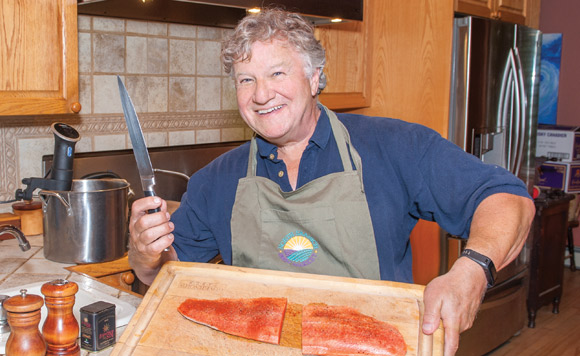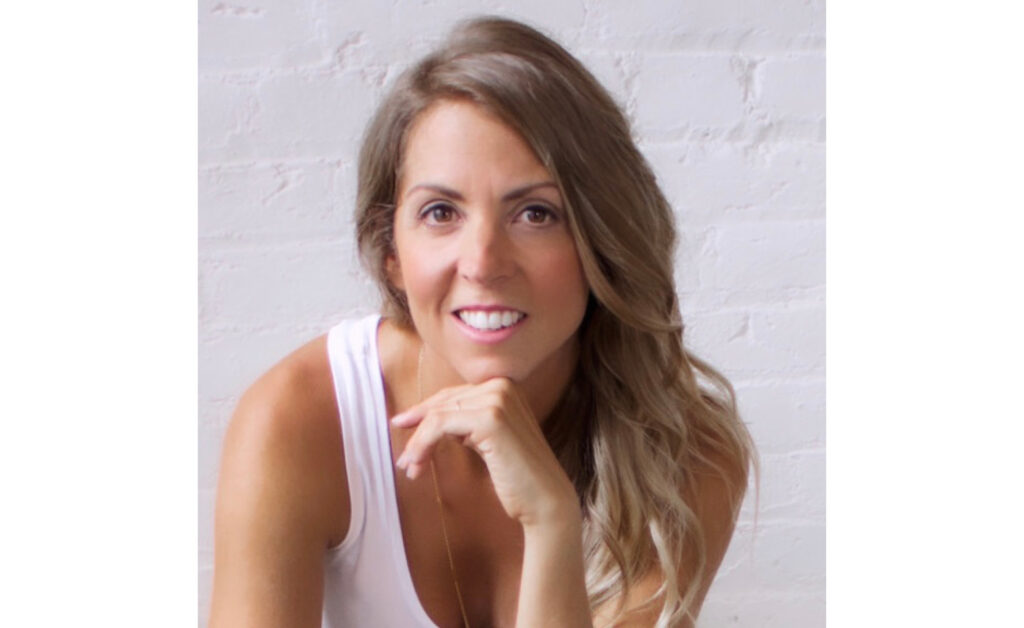by Chris Cowland –
I am an unabashed carnivore. To that end, during my travels, I adore discovering small, intimate restaurants where the specialty is beef.
On a trip to Port Angeles a few years ago, I hit gold. “Prime rib special all week” lured me off the highway, and the menu would have caused a riot if a busload of vegans had walked in.
Creating the perfect roast of beef has always been a challenge for me. Leave it too long and you end up with a grey brick; too little, and the stream of bloody gravy leads dinner guests to push away their plates in disgust.
I ordered medium rare and was amazed that firstly, my prime rib was served within 10 minutes, and secondly, that it was uniformly pink and juicy right across the cut.
Later, I asked the waiter if I could speak to the owner. “How do you do it?” I asked. “It’s so perfect right the way through.”
He smiled enigmatically, tapped the side of his nose, and whispered: “Sue Veed.”
“Well she’s an amazing cook,” I said. “Can I meet her?”
He beckoned me into the small kitchen. “Which one is Sue?” I asked tentatively, thinking of the old Johnny Cash song. Both cooks were clearly male.
He pointed at a glistening stainless steel tub filled with water and plastic bags, with various temperature gauges along its front. “Sue Veed,” he repeated.
Subsequent research revealed that the correct spelling was the French “sous vide,” meaning “in a vacuum.” You put food in a plastic freezer bag or ziplock, extract the air and then submerge it in a water bath that is set at exactly the temperature you require. For example, 54°C/129°F for rare, 60°C/140°F for medium rare, 70°C/158°F for well done. The food can stay in its bag for an hour or two too long, but it will never cook beyond your desired setting.
This cooking method dates back to the 1960s and ’70s in Europe and America, but the commercial machinery cost several thousands of dollars, way beyond the budget of most home cooks. This has changed dramatically in the last few years, with companies such as Anova Culinary that offer compact recirculating precision cookers for around $150. Every kitchen should have one. Interested readers can visit www.anovaculinary.com and use discount code “SEASIDE” to receive $10 off the purchase of an Anova sous-vide machine.
The beauty of the sous vide method is that you can buy the cheapest, toughest cuts of meat, cook them for an extended period and end up with a flavourful result you can cut with a spoon. The bag seals in the juices and flavours, tough connected tissues are rendered into gelatine, and the meat can never overcook.
To finish the outside of the meat, there are several methods to create that wonderful Maillard reaction – pan-searing in a cast iron frying pan, or using a blowtorch to lightly caramelize the exterior.
My favourite recipe is salmon fillets. Cook them sous vide for 30 to 45 minutes at 49°C/120°F, pat them dry, then brown about two minutes on the skin side, 30 seconds on the flip side. Melt-in-your-mouth tender!
Somewhere in the world there lives a girl called Susan, who recently married a guy called John Veed. John is concerned that his new wife receives an average of 50,000 hits a day on Google. He is getting suspicious. I hope he reads this article.




